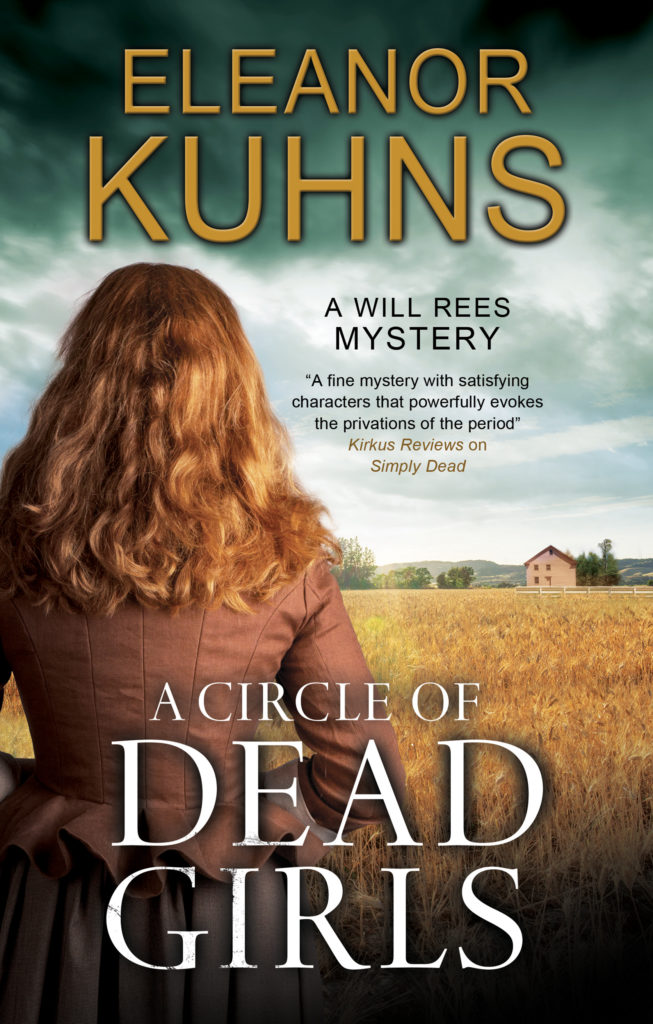When Philip Astley set up his equestrian show in England, he hired clowns to amuse the audiences between equestrian acts. Although those clown owed their history to Italy’s Commedia del’ Arte from the 16th century, with a little bit of court jester thrown in, the trickster character has a long long history. Folktales from around the world showcase the tricksters, sometimes amusingly and sometimes scarily.
Although the more modern clowns are figures of fun, they did not start that way. (I think Stephen King really put his finger on an atavistic fear of clowns in IT. I wonder if it is part of the same psychology that makes zombies and vampires scary; something that is looks human, or once was human, but isn’t.) Even some of the characters who were supposed to be funny were also monsters. Think of Punch (from Punch and Judy) who beat his wife and murdered his children. I remember visiting the Taos reservation during a celebration. The clowns were punishers, running through the crowd and throwing people who had disobeyed customs or cultural norms into a pond of water. I was merely an onlooker and I was terrified.
Clown from the Commedia was a buffoon, a foil to the sly Harlequin, but the two characters have been rolled together. According to Wikipedia, the word clown was first recorded in 1560 meaning boor, peasant. It took on the meaning of fool. Clowns have evolved from the fool to other characters. Think Emmett Kelly’s weary Willie, Charlie Chaplin’s tramp. Funny and Sad both.
In any event, when Astley set up his circus, the first modern clown, Joseph Grimaldi, was so popular he became a star in his own right.

